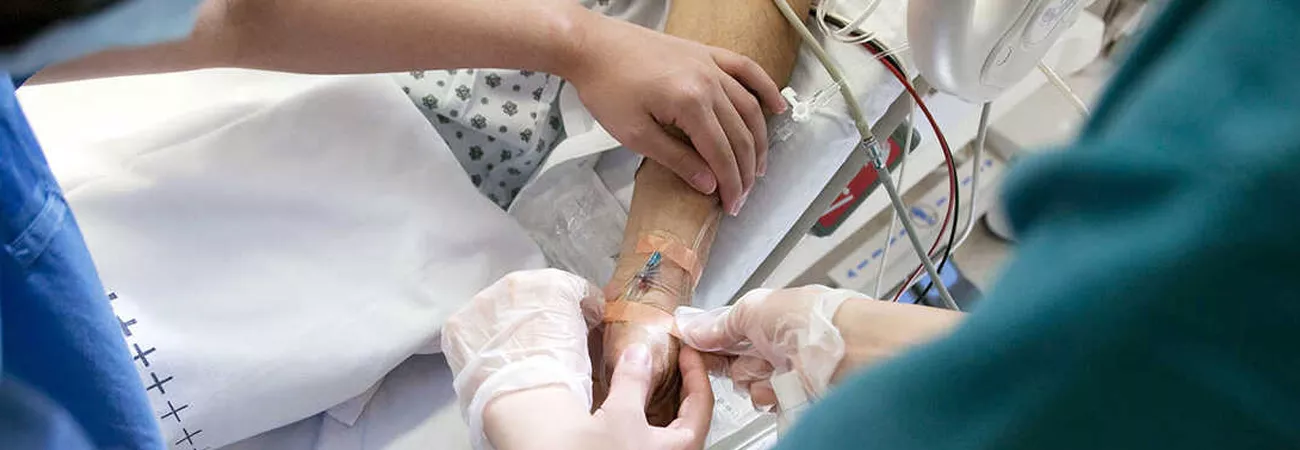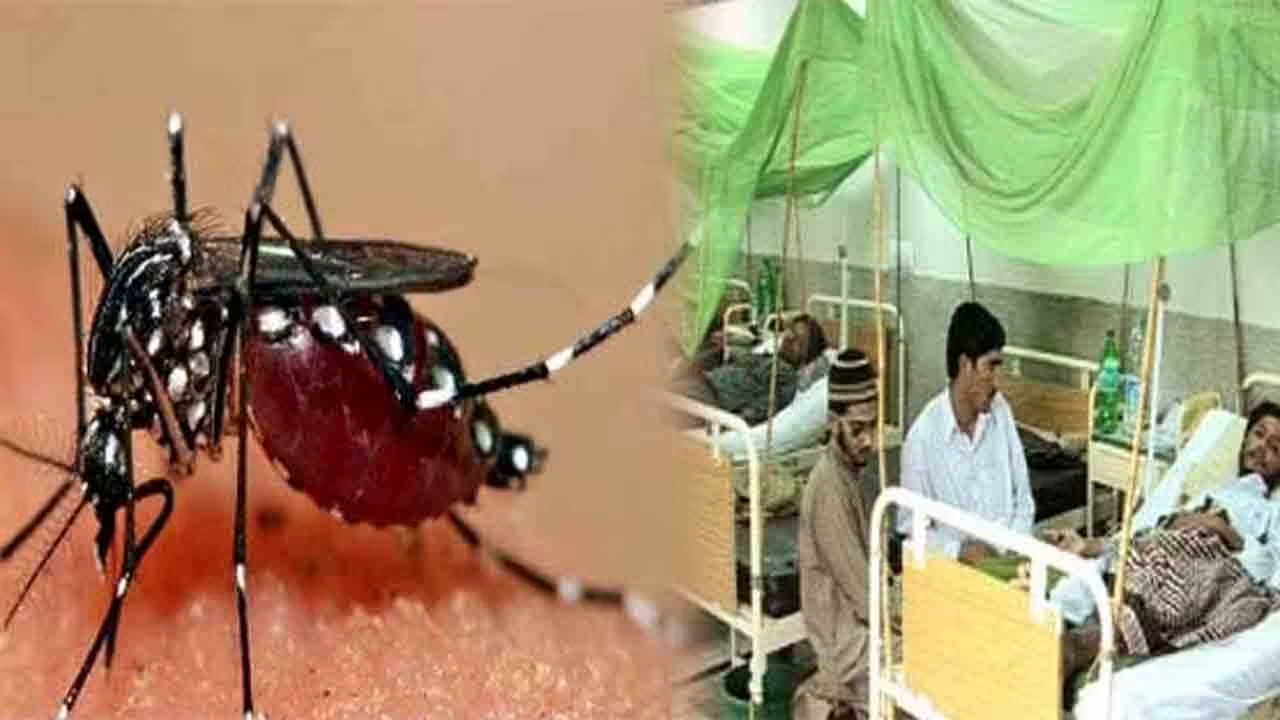It has been eleven days since the Grand Health Alliance (GHA) began its sit-in protest at Charing Cross, Lahore, and the standoff between the protestors and the Punjab Health Department shows no signs of ending. Despite multiple calls for dialogue, the impasse remains, leaving thousands of healthcare workers in limbo and adding pressure on the provincial government to respond.
The Grand Health Alliance, which represents a wide range of healthcare professionals including doctors, nurses, paramedics, and support staff, is demanding better working conditions, job regularization, and the reversal of what they call unfair policies by the Health Department.
Negotiations Hit a Wall
A major setback occurred when the five-member negotiation committee, formed by the Speaker of the Punjab Assembly, failed to initiate any meaningful contact with GHA representatives. In response, the President of the Young Doctors Association (YDA) Punjab, a key leader in the movement, announced that further talks with the committee are now off the table.
The YDA President expressed frustration over the government’s lack of seriousness, saying,
If the authorities can’t approach us in 11 days, it means they’re not interested in resolving anything.
He also hinted at shifting the protest from Charing Cross to another strategic location, potentially escalating the protest in both visibility and impact.
Voices from the Sit-In
The atmosphere at the sit-in is a mix of resilience and exhaustion. Many of the female healthcare workers, who have braved the scorching heat and long hours, expressed that dialogue is the only way forward. They emphasized the importance of the government sitting down with protest leaders and reaching a mutually respectful solution.
One female staff nurse stated,
We are not here for politics. We want to be heard. We want our rights, not promises.
What’s at Stake
The protesters have made it clear that their key demands include:
- Job security and regularization of contract workers
- Reinstatement of suspended healthcare staff
- Fair salary structures and service benefits
- Protection from administrative harassment
Meanwhile, the Health Department has maintained a relatively silent stance, which has only worsened tensions. The absence of clear communication is being seen by many as a deliberate attempt to stall or ignore the healthcare workers’ issues.
Possible Escalation Ahead
The GHA’s leadership is now reconsidering their protest strategy. There are talks of moving the sit-in closer to government offices or major public institutions to draw greater attention and potentially disrupt daily operations, which could force the authorities to respond more quickly.
Protest leaders say that peaceful methods will continue to be their approach, but they will not hesitate to increase the pressure if their concerns are not addressed soon.
Public Response and Patient Impact
Public sentiment is divided. While many sympathize with the healthcare workers’ demands, patients and their families are facing difficulties as routine medical services across government hospitals have been affected due to staff participation in the protest.
Some emergency departments are reportedly understaffed, and non-urgent surgeries and outpatient services have been delayed or canceled in certain facilities.
Political Reactions
So far, most political parties have remained silent on the issue, with a few local leaders urging the government to resolve the matter amicably. Civil society groups have also begun voicing concerns, calling on both parties to prioritize patient care and seek a swift resolution through dialogue.
With the sit-in now stretching into its second week, the stakes are growing higher. The GHA is showing no signs of backing down, while the Punjab government continues to delay any effective response. If the protest is indeed shifted to a more central or symbolic location, it could lead to increased media attention, public pressure, and political consequences.
We’ve treated this country’s people with care for years. Now we’re just asking to be treated with a little dignity in return.
The next few days will be crucial in determining the direction of the protest and whether meaningful dialogue will finally begin—or if the deadlock will drag on, further straining Pakistan’s already stretched healthcare system.



